Lunnik: types, planting and care
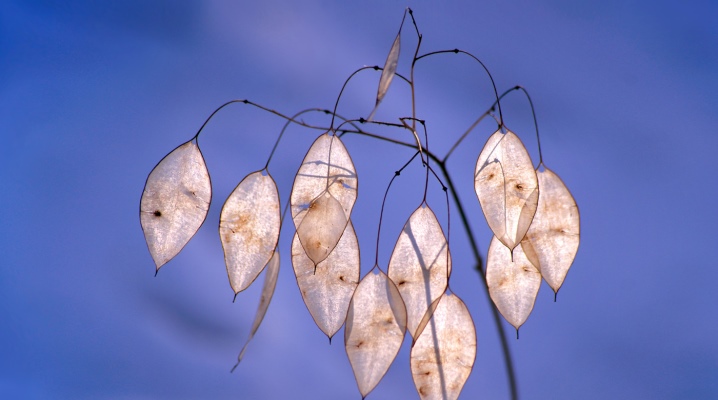
Lunnik is a rather discreet plant, but harmoniously fits into almost any landscape composition present on the site. Ease of care, as well as immunity to most diseases and insects, explains the popularity of this crop.

Description
Lunnik, aka lunaria, is both an annual and a perennial herb, reaching from 50 cm to almost a meter in height and belonging to the Cabbage family. The erect stem has little branching and has a rough surface covered with villi. The lunar flower grows bright, with different colors and with a fragrant sweet smell that attracts bees. The buds are collected in paniculate inflorescences, painted in a white, pale lilac or dark purple hue. The lunar opens in the second half of May. At the end of flowering, pod-shaped fruits appear, which are later used for crop propagation.
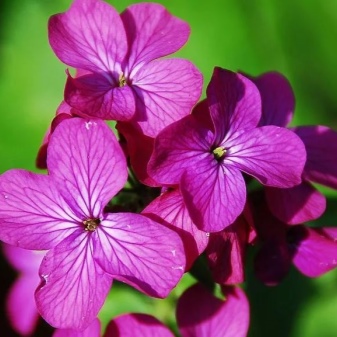

The leaves of the ripe fruit open and fall off, after which there is access to flat, rounded seeds. By the way, the name of the culture appeared precisely because of the similarity of transparent fruits and the moon. The leaf plates grow quite large and resemble hearts in their appearance. The aesthetic value of Lunaria lies not only in bright inflorescences, but also in beautiful pod-shaped fruits. There are many ways to use culture in landscaping.
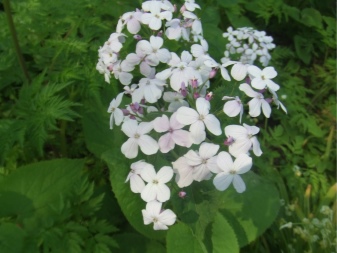
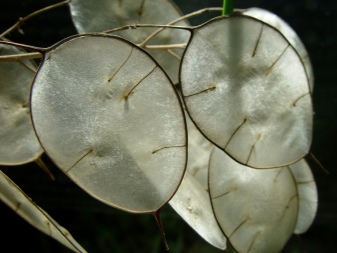
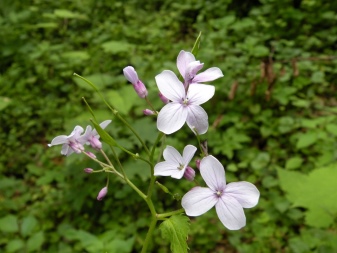

Using a lunar in a group composition, it is important not to forget that at least 30 centimeters must remain between them and the rest of its participants, otherwise the plant will begin to fade and lose its decorative effect, and the number of flowers will decrease significantly. It would be appropriate to place the lunaria on a Moorish lawn that is not regularly mowed. On a flower bed, it makes sense to place culture together with wormwood, asters, thyme or tansy, and cover the space between them with decorative pebbles.
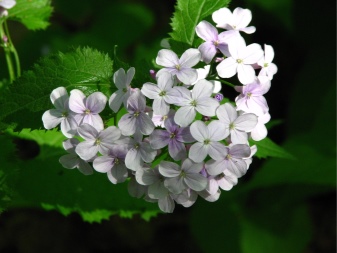

Overview of popular species
A large number of varieties of lunaria makes it possible to choose a decoration for a site both for one season and for many years.
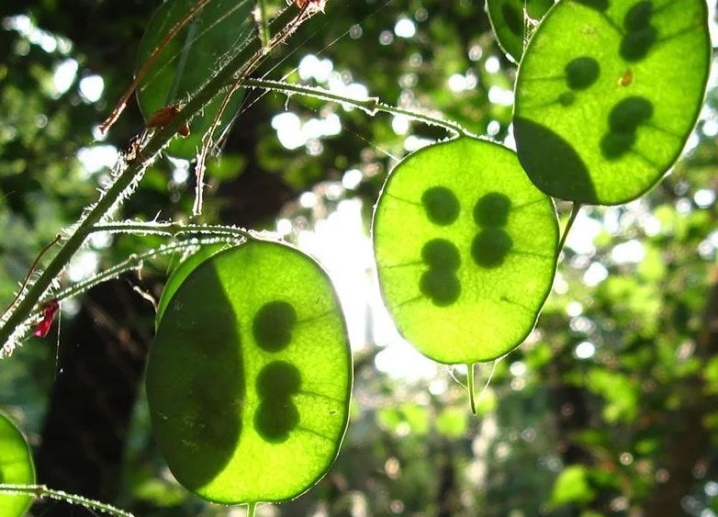
Annuals
The annual lunar stretches in height by about 60 centimeters. On a branching stem, ovoid leaves grow, sitting on petioles. Blooming, which occurs from May to June, is accompanied by the appearance of white, pink or purple buds. The aroma of the annual lunar is fragrant and pleasant. Although it is customary to call such a lunar one-year-old, in fact it is two-year-old. In the first year, when the seeds germinate, a leaf rosette is formed, and it blooms the next season.
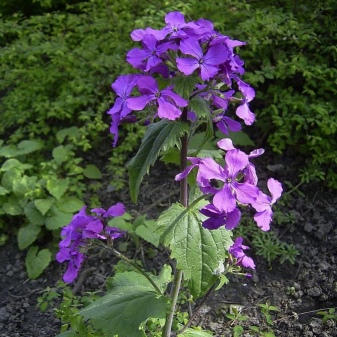
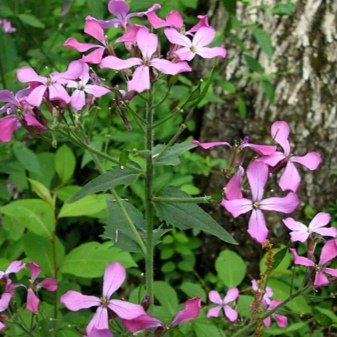
When grown in an apartment, sometimes lunaria blooms in the first year. The favorite annual varieties of gardeners include "Pearl", characterized by the presence of purple flowers, and "Alba", pleasing with snow-white flowers. At "Variegata" the buds have a pink-lilac color, and the leaves look variegated. Manstead Purple is characterized by a strong smell and purple flowers.

Perennial
Perennial lunar, which is also called reviving, grows in nature near water bodies or in coniferous forests. Its height varies from 70 to 110 centimeters, and the leaves have a heart-shaped or oval shape with a jagged border. Erect stem branches at the top level. Some specimens are ready to bloom in the first year of existence, but most bloom in the second year. Flowering begins in the last days of the last spring month and lasts about 4 weeks. The diameter of the opened bud is 4 centimeters.
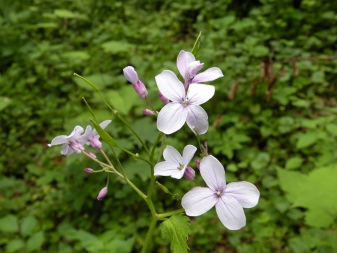
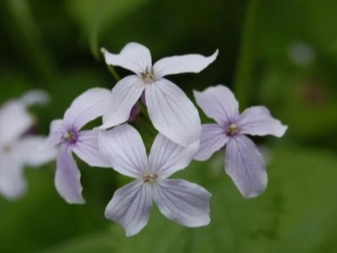
Purple paniculate inflorescences are located either at the top or between the upper and lower layers of the leaf plates. The fruits reach a length of 3-5 centimeters and have an elongated oval shape. Perennial lunar seeds are sometimes used in folk medicine as a sedative or diuretic, but in official medicine its use is not common. In gardens, perennials are not planted as often as annuals. It is also necessary to clarify that when a perennial yellow lunar is discussed, we are talking about an evening primrose, which has nothing in common with a real lunar.
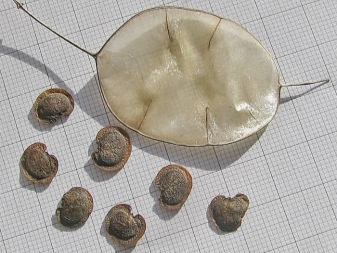

Elongata
The Elongat Lunar is quite rare, so it cannot be called a garden one.
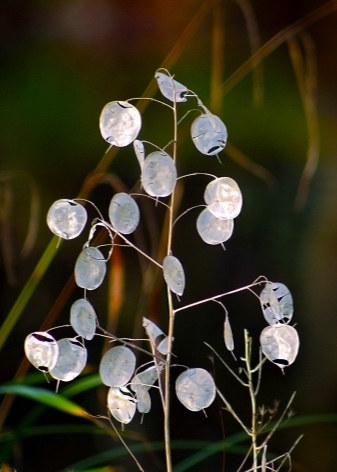
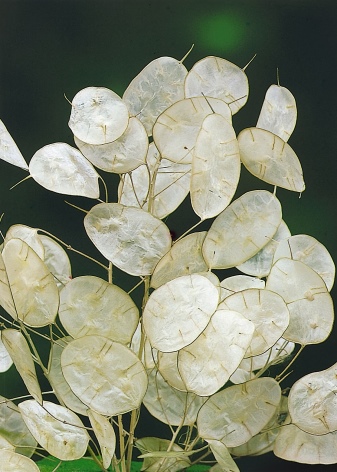
Telekiana
The Telekian's moon rover is considered to be as rare as the Elongath's moon rover. Moreover, both species are usually classified as endangered plants, and they are recorded in the Red Data Books of many European countries... They are not used in culture.

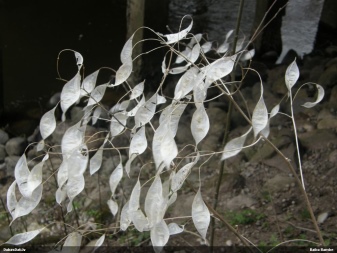
Landing
Seedling planting is chosen only for perennial lunars. First, in March, dark brown seeds up to 6 millimeters long germinate in a front garden or greenhouse, and in May they are already transferred to open ground. When planning bushes on the site, it is necessary to maintain a 30-40 centimeter gap between individual specimens. For annual seeds, a gap of 40 centimeters is also required. The planting depth of the seed is 3 centimeters.
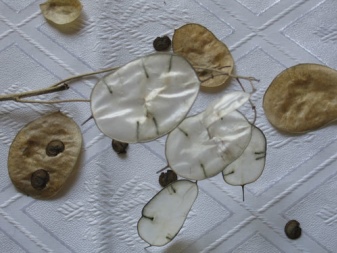
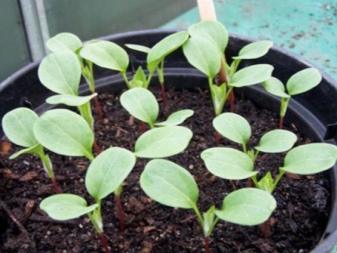
And in fact, and in another case, the soil must necessarily be fertile. But, an annual culture for development necessarily requires constant sunlight, but a perennial, on the contrary, from excessive lighting will begin to dry, turn pale and wither... This also implies that annual lunaria should be planted in open areas, but perennials are best placed in the shade. Returning to the soil, any composition is suitable for an annual, but the depleted area should first be fed with peat, compost and mineral complexes. It is better to choose a site intended for a perennial that is moist, loose, nutritious and well-permeable to oxygen.
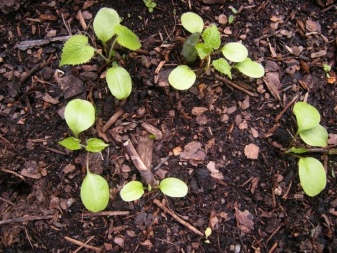
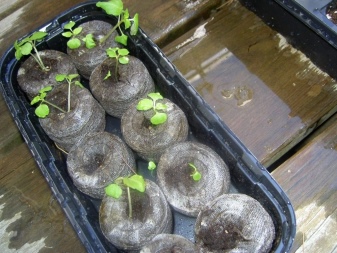
Before planting, the earth is necessarily dug up with a shovel immersed to a 20-centimeter depth with the addition of humus, and almost 4 kilograms of substance will be required per square meter of territory. Adding lime will also be useful.
Care
Lunnik does not create any particular difficulties in caring for him. An annual is capable of developing in almost any conditions, and a perennial successfully exists in the same garden bed, if you do not transplant it, since the culture reacts poorly to this procedure. Immediately after planting the seeds, the bed is abundantly irrigated, and then the first shoots will hatch in a few days. Further, the annual lunar is watered only on especially hot and dry days. The perennial lunar is also well irrigated after planting, then it is enough to water it abundantly a couple of times a week.
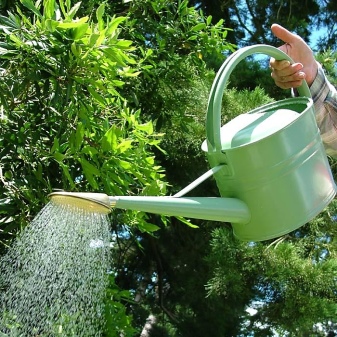

Again, in the event of drought, the frequency of this procedure increases. The amount of moisture must be sufficient, as the culture is less resistant to moisture deficiency than excess. However, stagnant fluid leads to root rot, so this situation should also be avoided. When the fruits of the culture are ripe, watering should be stopped. This procedure should always be carried out either in the morning or after 16:00, and use the water that has settled and warmed up in a natural way. Fertilization begins at the beginning of the growing season and continues until mid-July.As a rule, two dressings in the form of mineral complexes containing potassium with phosphorus, as well as ammonium sulfate, are sufficient. Such a simple organic matter as humus is also appropriate for the lunar. All fertilizers are diluted in water and used for root irrigation.
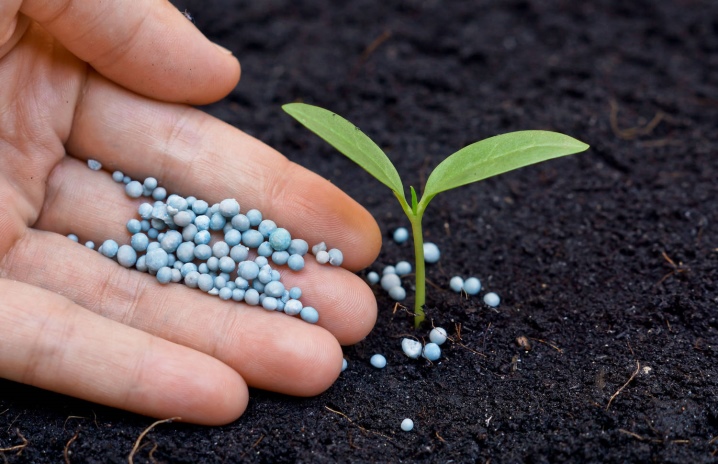
It makes sense to tie up the growing stems in order to prevent fractures in case of strong gusts of wind. Such procedures as loosening the soil and removing weeds are also irreplaceable. Perennial lunaria requires additional measures before the start of the winter season - creating a shelter from straw or dry foliage.
Reproduction methods
The annual lunar is usually propagated by seed. Already matured samples are selected, colored in a dark brown shade and reaching a length of 5 to 6 millimeters. Their disembarkation begins at the end of May and lasts almost until mid-July. In addition, lunaria and cuttings reproduce. For this purpose, several shoots are simply cut off and placed in the water. When the stalk has roots, it can be planted in open soil.
The perennial lunar can also be propagated by dividing the roots, but it is better to do this only in August. In this case, a piece of root is separated from the mother shrub and immediately transplanted into the open ground to a new location. The seed method will also be appropriate, but planting should take place already before the autumn frosts with the deepening of the seeds by about 5 centimeters. The first shoots in this situation will appear from late April to early May. Self-seeding is also possible in perennials.
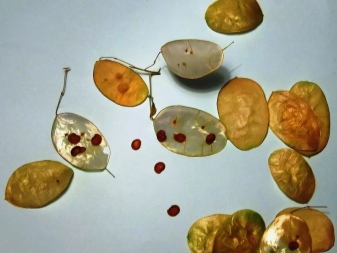
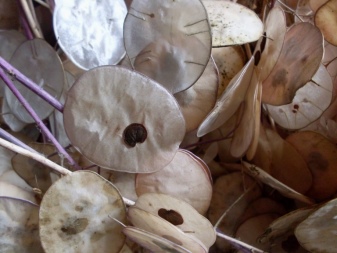
Diseases and pests
In principle, lunaria has good immunity to most diseases, and is also resistant to insects. Nevertheless, from time to time, aphids, fleas or a cabbage butterfly are found on the bush. It is customary to fight them with the help of such common insecticides as "Calypso" or "Signum". It will take a minimum of two sprays with an interval of one to one and a half weeks. If the culture is affected by any fungal disease, then fungicides should be used twice, keeping a one and a half week pause. The contaminated parts are immediately removed and incinerated.
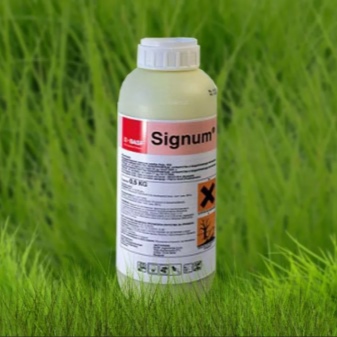
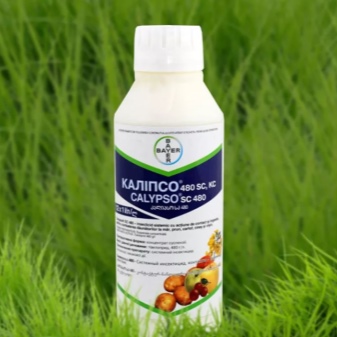
It is also worth mentioning that the lunar should not be grown in beds where other cruciferous plants used to grow. In this case, we are talking about cabbage, daikon, radish, horseradish and other crops. In addition, it is important to avoid stagnation of moisture in the soil, contributing to the appearance of fungus.
For information on how to properly care for the lunar, see the next video.







































































































The comment was sent successfully.